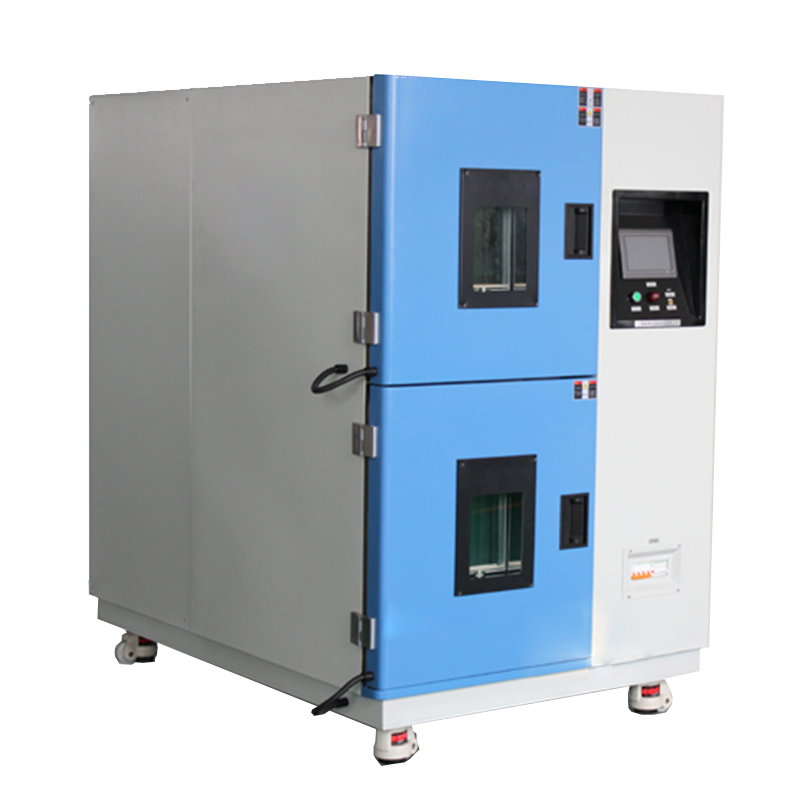Temperature shock test chambers are testing devices used in industries involving metals, plastics, rubber, electronics, and other materials. Over the years, many users have encountered various faults during usage, feeling frustrated about how to resolve them. Today, we summarize the following common faults of temperature shock test chambers and their solutions.

- When the temperature shock test chamber fails to reach the test temperature: Check if there is a problem with the electrical control system.
- When the temperature in the chamber rises slowly: Carefully inspect the air circulation system to identify any issues.
- During humidity and heat tests, if the low temperature does not reach the test specifications: First, observe the temperature changes. If the temperature drops very slowly, consider whether the chamber has been dried before conducting low-temperature tests.
- Poor ambient temperature can cause machine malfunctions: Therefore, it is best to choose an ambient temperature of 5-28 degrees Celsius and a humidity level of about 95% during tests.
- If, during the humidity and heat test, the actual humidity significantly differs from the target humidity: First, check if the humidification system is functioning. Then, verify whether there is an adequate water supply in the humidification system and if the water level control is normal. If everything appears normal, check the electrical control system, and it may be necessary to consult professional maintenance personnel for repairs.













